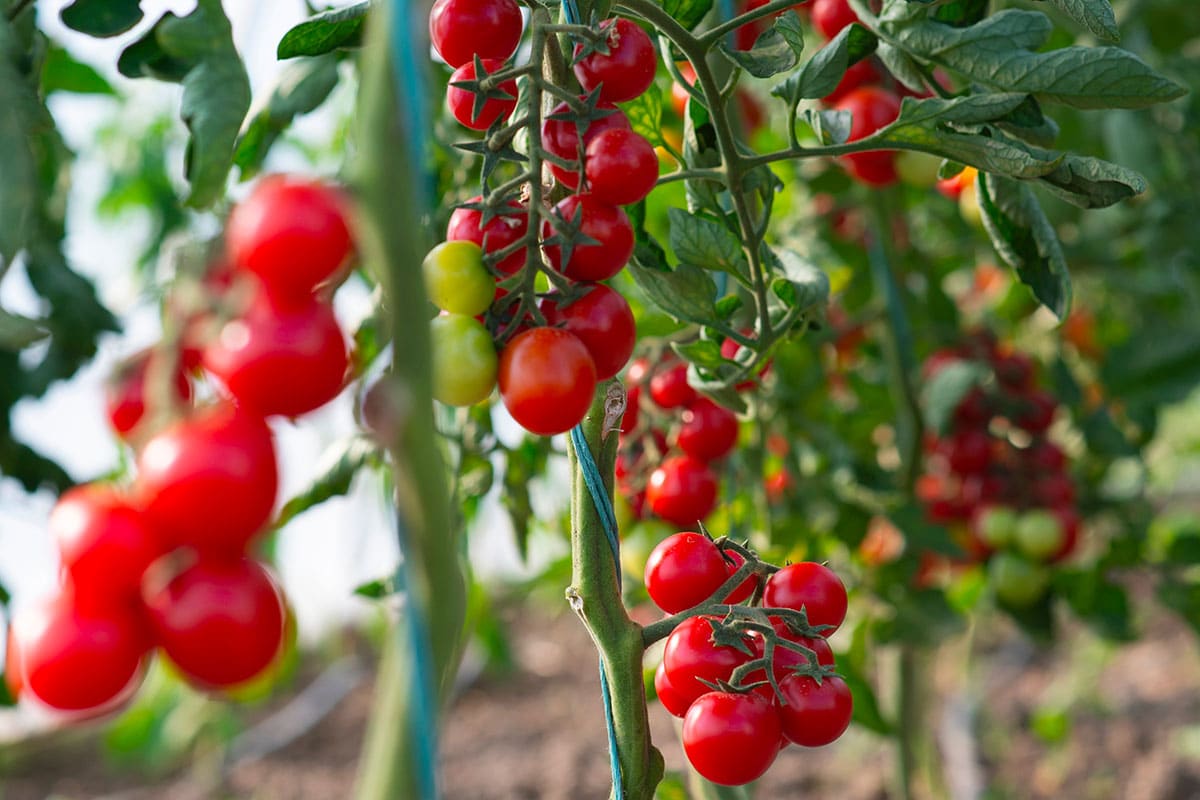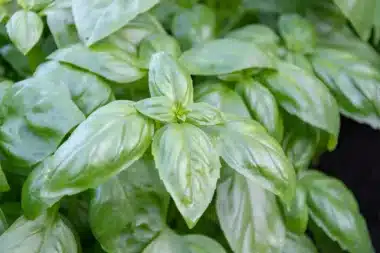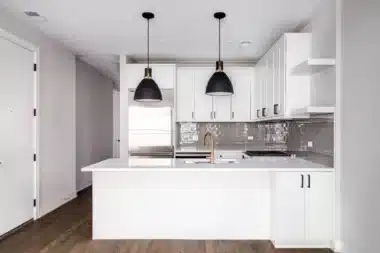When it comes to urban gardening, making the most of your space without cutting down on production is a real challenge. Most tomato-growing methods lean on old-fashioned stakes that take up a lot of room and need constant care. Now, there’s a fresh way to do things—suspended trellising—that’s practical and pleasing to the eye, perfect for growing tomatoes in tight spots.
Traditional staking limitations
For ages, gardeners have used wooden or metal stakes to prop up their tomato plants. While these stakes do the job to some extent, they demand a lot of ground space and need regular checks to keep things steady. Without solid anchoring, the vines can easily bend or snap under their own weight or from a strong gust of wind (think of it as a bit of a balancing act). This old-school setup can be time-consuming and takes up precious space—definitely not ideal when every square foot matters in urban areas.
This Natural Deodorant from Respire is So Effective It Just Won a Major Award
Introducing the suspended trellising method
Say hello to the horizontal or suspended trellising method, a trick borrowed from professional greenhouse setups. This approach works wonders in urban gardens and on balcony vegetable patches where space is scarce. Instead of letting the plants grow straight up a stake, you guide them horizontally along a wire that’s strung between two tall structures like pergolas, arches, or beams. The plant’s main stem is either wrapped around or clipped onto the wire. This lets indeterminate tomato varieties—which can grow up to two meters tall—grow freely without feeling squeezed (imagine giving your plants room to stretch out).
Advantages of going horizontal
One of the big wins of the suspended system is that it frees up ground space while still letting the plants grow vertically. This setup improves air circulation around the plants and helps lower the chances of diseases like blight. Plus, with the fruit hanging at eye level, harvesting becomes a lot easier and less of a workout. And you can’t ignore how cool it looks either—picture lush leaves and ripe tomatoes draped over an archway or forming a living wall. It’s a look that’s both attractive and functional.
Materials needed for success
To set up this system, you’ll need a few key supplies: a sturdy support structure made of wood or metal, horticultural wire, coconut string or braided rope, plus soft clips or rubber rings to keep the stems in place. If you want, you can also use a trellis to support the early growth of the branches. These items are reusable year after year, and they come off as cost-effective and sustainable over time.
Best practices for implementation
If you’re thinking about giving this method a try, here are some tips to help you out:
- Regular pruning helps keep things from getting tangled.
- Gently guiding the main stem every week keeps the plant neat without overly tightening the attachments.
- Make sure the wire stays tight and secure to avoid sagging.
- Keep an eye on your watering since vertical setups might dry out faster.
- Get your system in place early so your plants have plenty of time to adjust naturally.
Using this method in greenhouses
It’s no secret that professional greenhouse operations have jumped on this technique. By installing suspended wires along the roof, growers give their plants plenty of room to grow with better airflow (which naturally leads to healthier plants). The suspended trellising method ditches the hassle of wobbly stakes and cramped rows, opens up more cultivation space, lowers disease risks, and makes maintenance a breeze. With bountiful harvests on the horizon, this innovative method is a smart pick for anyone looking to maximize their available space this season. Whether you’re an urban gardener with just a little room to spare or just on the lookout for a neat, eye-catching way to grow tomatoes, this might just be your go-to space-saving hack for the summer.







